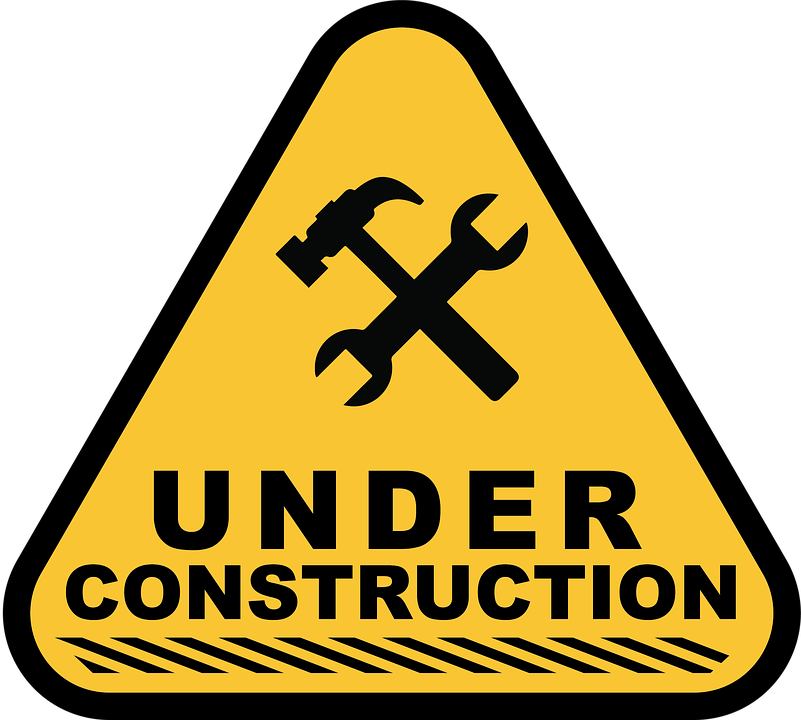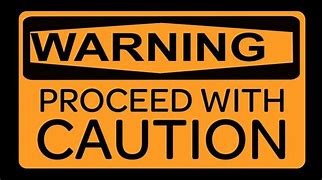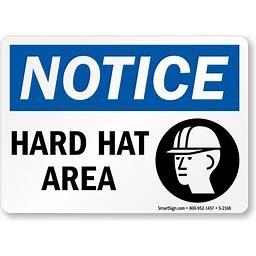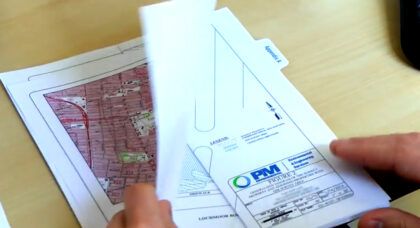Asbestos and Hazardous Materials: Follow the Signs
Preparing for a property renovation? About to demolish a structure to build a new one? Don’t let your project plans be derailed by unanticipated asbestos or hazardous materials regulations.
When is an asbestos or hazardous materials survey needed? What should you expect during and after a survey? PM’s industrial hygiene experts walk you through the process and point to the signs you need to follow.
 If you’re planning construction, it’s nearly certain you’ll need an asbestos and/or hazardous materials survey. Here’s what you can expect.
If you’re planning construction, it’s nearly certain you’ll need an asbestos and/or hazardous materials survey. Here’s what you can expect.
Both federal and state regulations typically require asbestos surveys for institutional, commercial or industrial projects involving renovations or demolition. It is a sound business practice to undertake a hazardous materials survey at the same time.
An Asbestos Survey involves a field investigation to identify, quantify and collect samples of suspect asbestos containing materials (ACM). Those samples are sent to an independent laboratory for analysis and verification. When ACMs are found on site, they must be removed by a licensed asbestos abatement contractor.
A Hazardous Materials Survey is undertaken to identify the presence of lead paint and/or of various commonly occurring materials classified as universal waste including, but not limited to: batteries, pesticides, mercury-containing equipment, lamps and aerosol cans.
A hazardous materials survey also involves a field investigation. Painted building components suspected to contain lead are sampled and sent to an independent laboratory for lead content. Surveying for universal waste requires a visual inspection to identify the presence of the items on the list, and a written inventory documenting the quantity of each found at the site.
The removal of universal waste does not require a certified contractor. But it must be handled, packaged and disposed of separately from other construction debris.
The visual inspection of a structure is also an opportunity to look for mold, including assessing any obvious water damaged building materials that could indicate the potential for mold. When mold is suspected, appropriate air and building material sampling may be recommended.
A hazardous materials survey may also encompass checking for radon, an odorless, colorless gas which is linked to lung cancer.
Federal oversight related to ACMs is the responsibility of the Environmental Protection Agency (EPA), while the removal of ACMs and lead paint, which poses a health threat to construction employees as well as future building occupants, typically falls under the U.S. Department of Labor’s Occupational Safety and Health Administration (OSHA). Each state has its own environmental oversight agencies and protocols; in Michigan for example, oversight is administered through the Department of Environment, Great Lakes and Energy (EGLE) and the Department of Labor and Economic Opportunity (LEO).
 Think asbestos is only a concern with an older building? Think again.
Think asbestos is only a concern with an older building? Think again.
This is the number one misconception about asbestos. Although the U.S. government began regulating asbestos in construction in the 1970s, that doesn’t guarantee it is not present in buildings erected after that. In fact, federal and state regulations do not specify the age of the structure. Why not? Asbestos can be and is still used in some commonly-used building materials, such as floor tiles, roofing materials and mastics/adhesives.
Whenever a project involves demolition, an asbestos survey is mandatory. In most cases, a hazardous materials/universal waste survey should be considered as well.
But you don’t have to be demolishing a building – or even undertaking construction – , to possibly require an asbestos survey. Per OSHA regulations, owners of buildings built before 1980 need asbestos surveys to protect tenants and maintenance or custodial staff, to ensure they won’t do anything to unintentionally disturb ACMs.
 Avoid a surprise delay in your demolition date.
Avoid a surprise delay in your demolition date.
Contractors are required to notify regulators up to 10 working days in advance of demolishing a structure. If the necessary environmental surveys have not been completed prior to filing that notice, the tear-down will be stopped in its tracks.
 Err on the side of caution. Include the time and cost of environmental surveys in your project budget.
Err on the side of caution. Include the time and cost of environmental surveys in your project budget.
Asbestos and hazardous material surveys add unavoidable, but manageable, time and cost to a project. To avoid surprises, build them into your project plan from the start.
At its simplest, the process from field investigation to laboratory analysis to summary report takes at least two weeks, but several factors determine how long the process might take and how much it might cost.
In general, the older and the larger the structure, and the worse its condition, the more costly the process. Two examples illustrate the range of issues that may be discovered during the survey process:
A multi-story building with spray-on fireproofing applied to structural components during construction poses a particularly time-consuming and costly challenge, both to identify the ACMs and to remove them.
While sampling and testing plaster and texturing compounds used in a residential structure is a relatively straightforward process, if a laboratory determines they contain ACMs, the cost and time to remove them can be significant.
 Think of a survey report as your project’s hard hat.
Think of a survey report as your project’s hard hat.
Once an asbestos or hazardous materials survey is completed, a survey report with recommendations is generated.
The report provides an owner or developer with an objective third party evaluation of the type and extent of hazardous materials on site and any potential obstacles to removing them, which yields a more reliable basis for estimating costs.
Some potential developers use the report as an evaluation tool for evaluating a property before purchase, to help them understand and leverage the investment in operations and maintenance costs required if the project moves forward.
Developers may also provide the report to contractors as a scope of work to bid on the removal project.
With either scenario, asbestos and hazardous waste survey reports provide greater certainty and protection for owners and developers, and for contractors working on site.
 Think of PM Environmental as your flagger.
Think of PM Environmental as your flagger.
As leader in environmental risk management and due diligence with special expertise in asbestos and hazardous materials management, PM can provide services extending well beyond conducting surveys and writing reports.
We have decades of experience designing and executing comprehensive ACM and hazardous materials management programs for renovation and demolition projects, including residential, industrial, commercial, institutional and municipal buildings.
Our total project management approach includes the preparation of bidding specifications, management of the bidding process, oversight of removal activities, third-party and worker exposure air monitoring, and documentation of compliance with project specifications and local, state and federal regulations. And our team of specialists maintain certifications including Certified Industrial Hygienists, Licensed Asbestos Inspectors, NIOSH Technicians Certified in Asbestos Fiber Counting, Management Planners, Project Designers and Contractor/Supervisors.
Whatever environmental challenges your next project might present, count on PM Environmental to guide you through.
PM Environmental’s Jon M. Balsamo, National Manager, Industrial Hygiene Services, and Wayne Krupp, Regional Manager, Industrial Hygiene Services, contributed to this article.
Publication Details
Date
October 30, 2020



